Roast potatoes, glazed parsnips, delicious carrots and of course brussels sprouts —all the essentials for that coveted Christmas dinner which, for so many, is the highlight of the festive season. So get harvesting your vegetables this Christmas!
Often, we source our seasonal vegetables from the supermarket and we are so busy during this period that we don’t have time to shop around for healthier alternatives, even though intensively grown supermarket veg may have lost much of its nutritional value before it even reaches the shelves.
To prepare yourself for next Christmas, I’ll be showing you how you can grow your own delicious seasonal vegetables and also how you can source fresher and more nutritious vegetables form reliable local sources in time for this year’s main event.
So, read on to discover how easy it is to grow, harvest and source fresh vegetables for a healthier, tastier and all-round better Christmas dinner.

Growing for next year
Growing your own vegetables for your Christmas dinner can have many benefits—not only is the produce more nutritious, with higher concentrations of vitamins and minerals, but will also give you a great sense of pride, knowing that you have tended to the food on your plate over the previous months.
Potatoes
Potatoes sold to supermarkets could have been harvested from anything as long as two to twelve months ago before they are sold to you, meaning you could be eating last year’s potatoes for Christmas! Growing your own means that you have less intensely grown crops, with a better taste, higher vitamin C, vitamin B6 and potassium content, and the satisfaction that you have nurtured a delicious crop from scratch.
Potatoes can be grown from seed potatoes or tubers, which can be bought from most supermarkets or garden centres. The best time to plant them is from March until May, depending on the variety for specific planting dates.
Seed potatoes are usually available from January onwards and the best varieties for delicious roast potatoes at Christmas are ‘King Edward’, which is great for flavour, ‘Maris Piper’ for fluffy texture and ‘British Queen’ for excellent potato taste. Check out my potato growing guide to find out how you should plant and grow your delicious potatoes for Christmas.
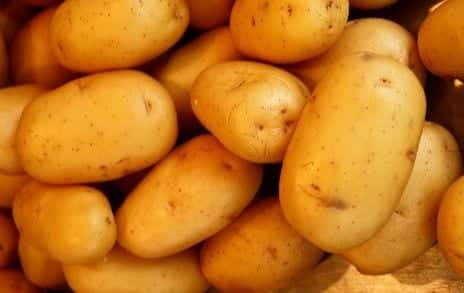
Harvesting season takes place between June and October, so once they have been pulled from the ground, allow them to dry out before brushing off any large clumps of soil and keeping them in a cool (below 10 degrees), dark and well-ventilated place.
Remember to check often for signs of spoilage and remove any damaged or rotten potatoes.
Parsnips and carrots
Most produce loses 30% of its nutritional value within three days of being harvested, so imagine how much they could lose after being soaked in chlorinated water and stored for between one and nine months, the typical storage time for a commercially grown carrot—so it is definitely better to grow your own where possible.
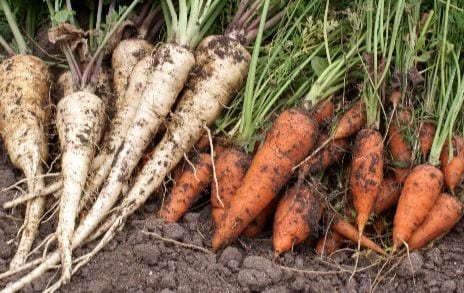
Carrots are a must-have for the Christmas dinner and can be planted between February and July for harvesting anytime from May until October—again depending on variety and planting time.
See my carrot growing guide and discover how to grow delicious varieties like ‘Jitka F1’ and ‘Finger’.
Like carrots, parsnips can be grown from seed and are also a vital part of our Christmas dinners, especially when they are glazed in honey and roasted to mouth-watering perfection!
My favourite variety is ‘Parsnip Palace F1’ which can be sown from February to May and harvested between October and February. This means you could plant them in time to be harvested on Christmas day! See my parsnip growing guide for more helpful information on how to get the best crop for Christmas next year.
Storing carrots and parsnips in time for Christmas is relatively easy and they can actually be stored in the ground where they were grown if the space is not needed for another crop.
When using this method of storage, make sure you protect them from frost with straw or horticultural fleece.
If this is not an option, then make sure you remove any foliage and large clumps of soil before placing in a cool, dark space that is well ventilated.
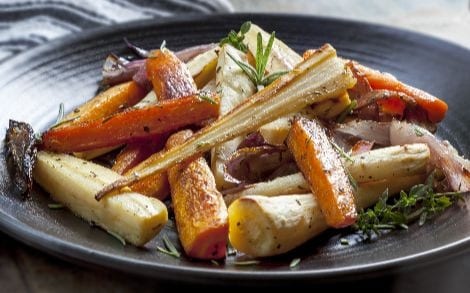
Brussels sprouts
Delicious brussels sprouts and other bountiful brassica vegetables (broccoli, cabbage) are all high in nutritional content, but the journey from the farmer’s field to the supermarket can take away as much as 50% of the antioxidants and 70% of the vitamin C that make these veggies so good for us.
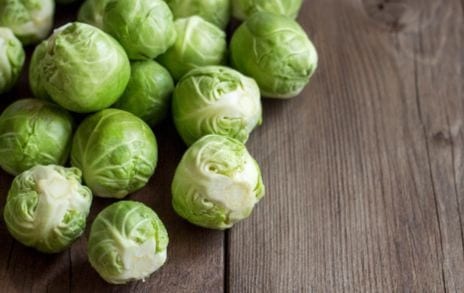
For an excellent Christmas sprout, I recommend ‘Brest F1’ which is a large disease-resistant variety and perfect for cooking with shallots and bacon.
Brussels sprout seeds can be sown between February and April and will be ready for harvesting form November to February—another veggie that can be harvested on Christmas day!
Check out my guide for growing your own brussels sprouts here. Store brussels sprouts in a cool, moist environment that is a preferable temperature between 0 and -4 degrees.
Refrigerators are good for this purpose, but remember to wrap them in a moist towel to ensure they do not dry out and they should last between 3 and 5 weeks.
Grow the Christmas spirit
The growing process shouldn’t be all mud, toil and pitchforks—you can easily insert some festive fun into growing by reaching out to your neighbours and the local community around you. For example, why not set up a neighbourhood growing group, where each household focuses on growing a different vegetable for the Christmas dinner. That way, when the season comes around you can trade with your neighbours, ensuring that each person gets a share of the vegetables they need for Christmas.
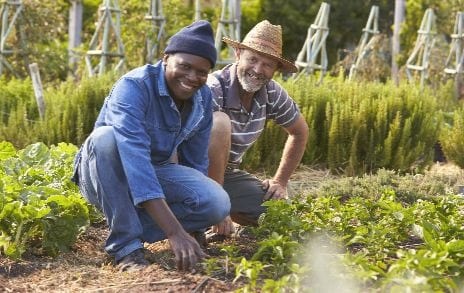

Or, if you are growing on your own, why not plant a few extra seeds and once the harvesting season comes around, donate the extra vegetables to soup kitchens and local community groups. It’s a great way to help people in need, while also spreading the Christmas spirit.
Sourcing fresh produce
Of course, it is all too easy to suggest growing your own Christmas vegetables, but if you haven’t had them growing in the ground for months already, then there is little you can do to grow your own in time. However, all is not lost, as there are always plenty of suppliers that can provide you with fresher vegetables that have not been intensively grown and are much more nutritious, healthy and delicious than the ones you can pick up in a supermarket. So, discard your trolley and follow these tips to get fresher produce this Christmas.
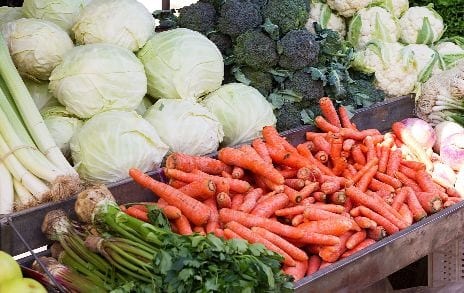
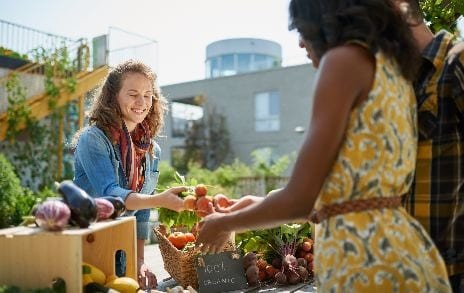
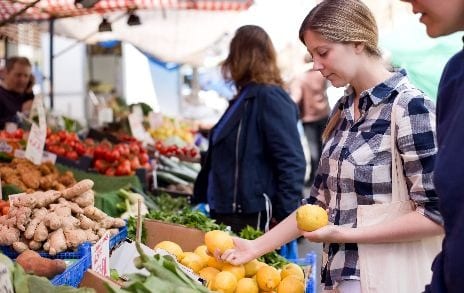
Farmers markets, small green grocers and community gardens are all great places to source vegetables that are guaranteed to be fresher and tastier than the supermarket alternatives. Not only that, but they can also be cheaper, while putting much needed money back into small businesses and community projects.
For farmers markets, check your county council website or local newspaper to find out where the nearest one is being held and prepare for some delicious bargains. For local community gardens, check notice boards or Facebook groups. You can even take a look at the Cultivation Street website, to see if there is an award-winning garden near you!
David Domoney is a Chartered Horticulturalist, Broadcaster, and Author. David has worked with a number of the UK’s leading garden retailers as a plant buyer and strategic consultant. With more than 30 years experience, in horticulture, David is as passionate about plants now as he was when he bought his first plant at a village fete.







Leave A Comment